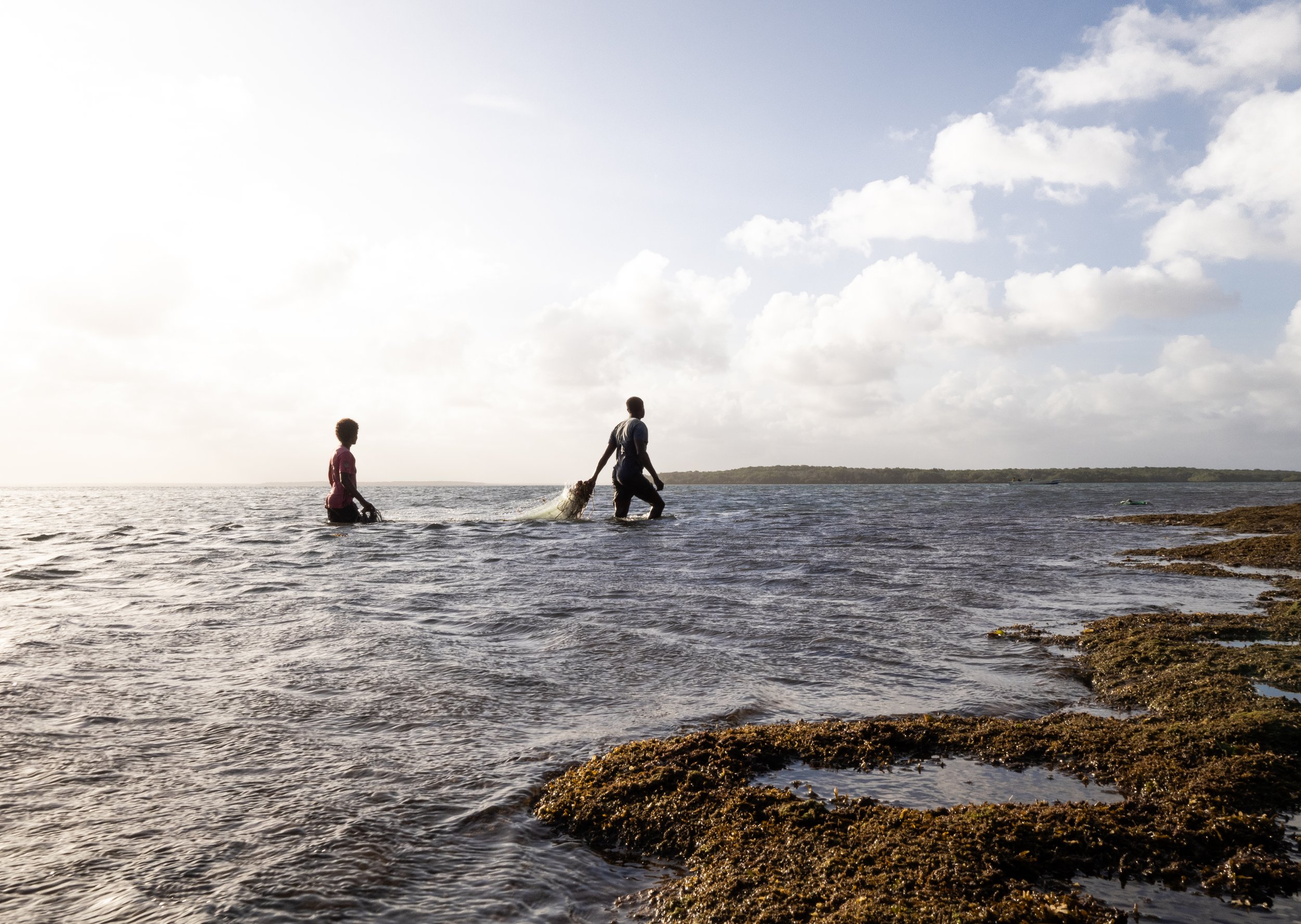
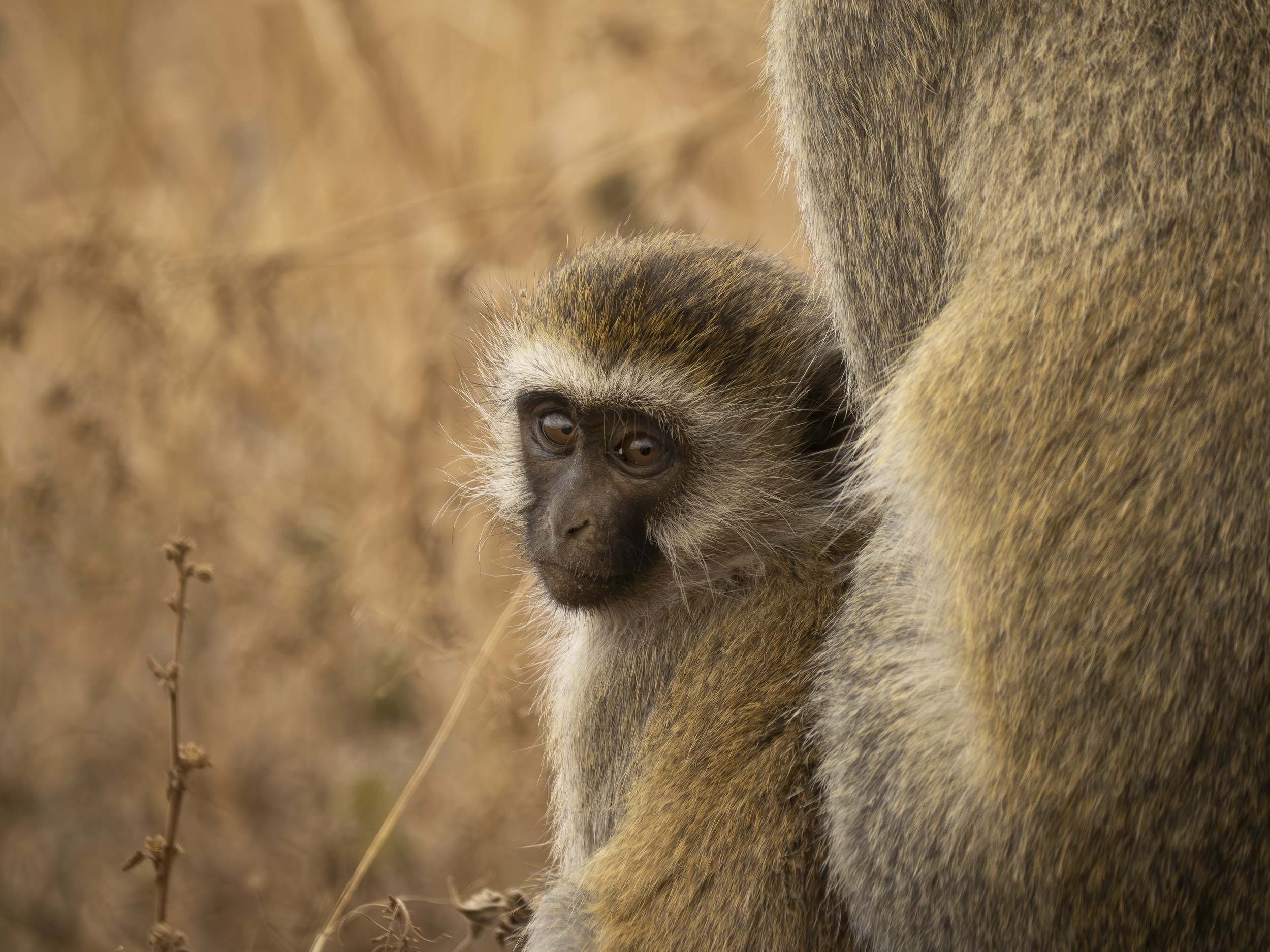
Adapting to variability in hominin and primate histories
Thus unfamiliar environment, fluctuating with new conditions such as novel foods required hominins to adopt different strategies to meet their dietary needs. For example, despite occurring in the same area and at the same time, both early Homo and Paranthropus adopted different foraging strategies to survive in this variable environment.
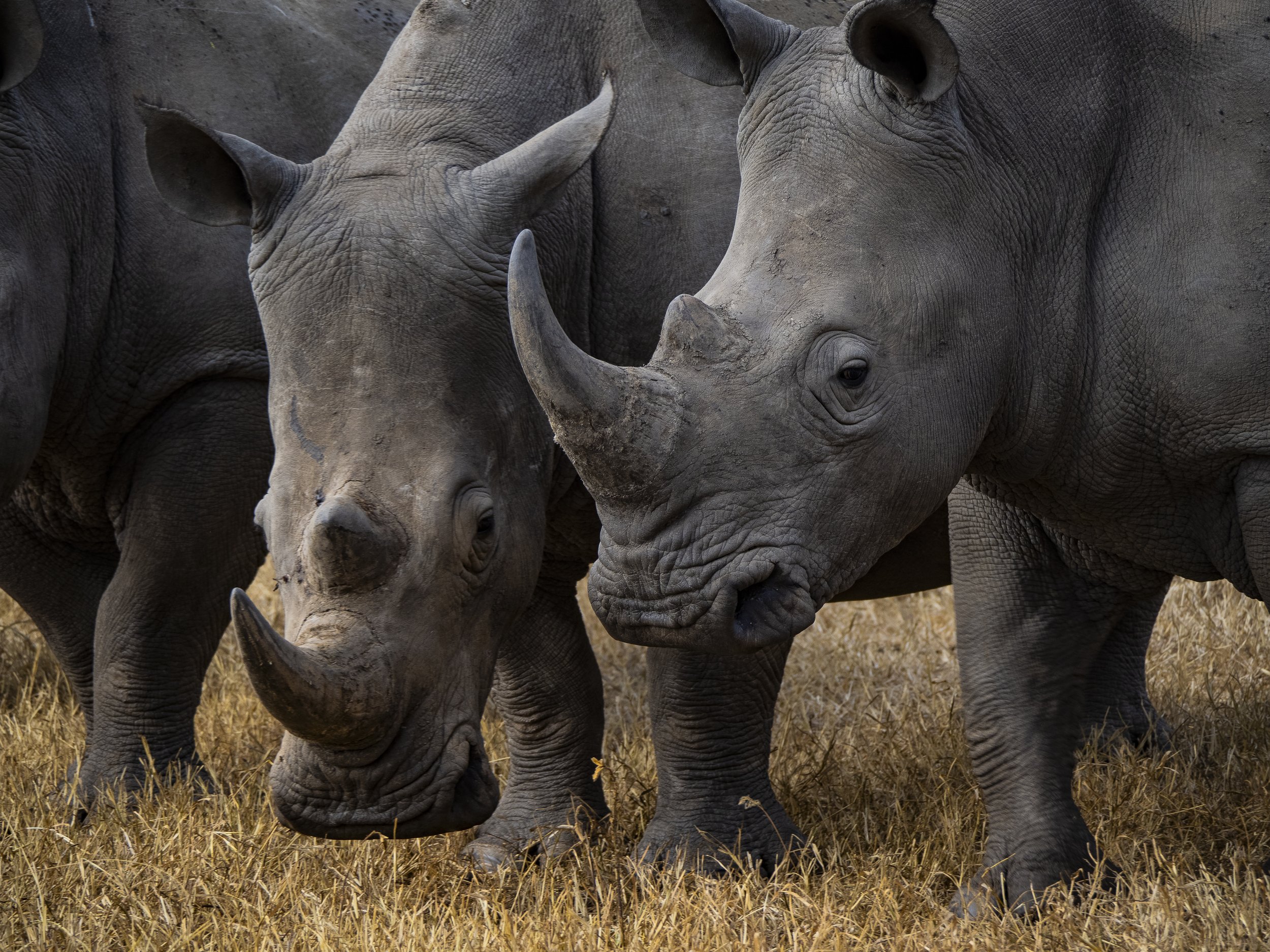
Solio’s part in Kenya’s Rhinoceros Recovery
Solio Ranch - a haven for the survival and protection of these animals and serves as an international model for the conservation success of threatened and endangered megafauna.

Nature’s foraging specialists
“Scientists are finding that individuals within wild populations can become ecologically specialized, where they become more efficient in exploiting a subset of the resources used by the entire group. These individuals can employ different foraging strategies therefore becoming more efficient in taking advantage of less competitive resources.
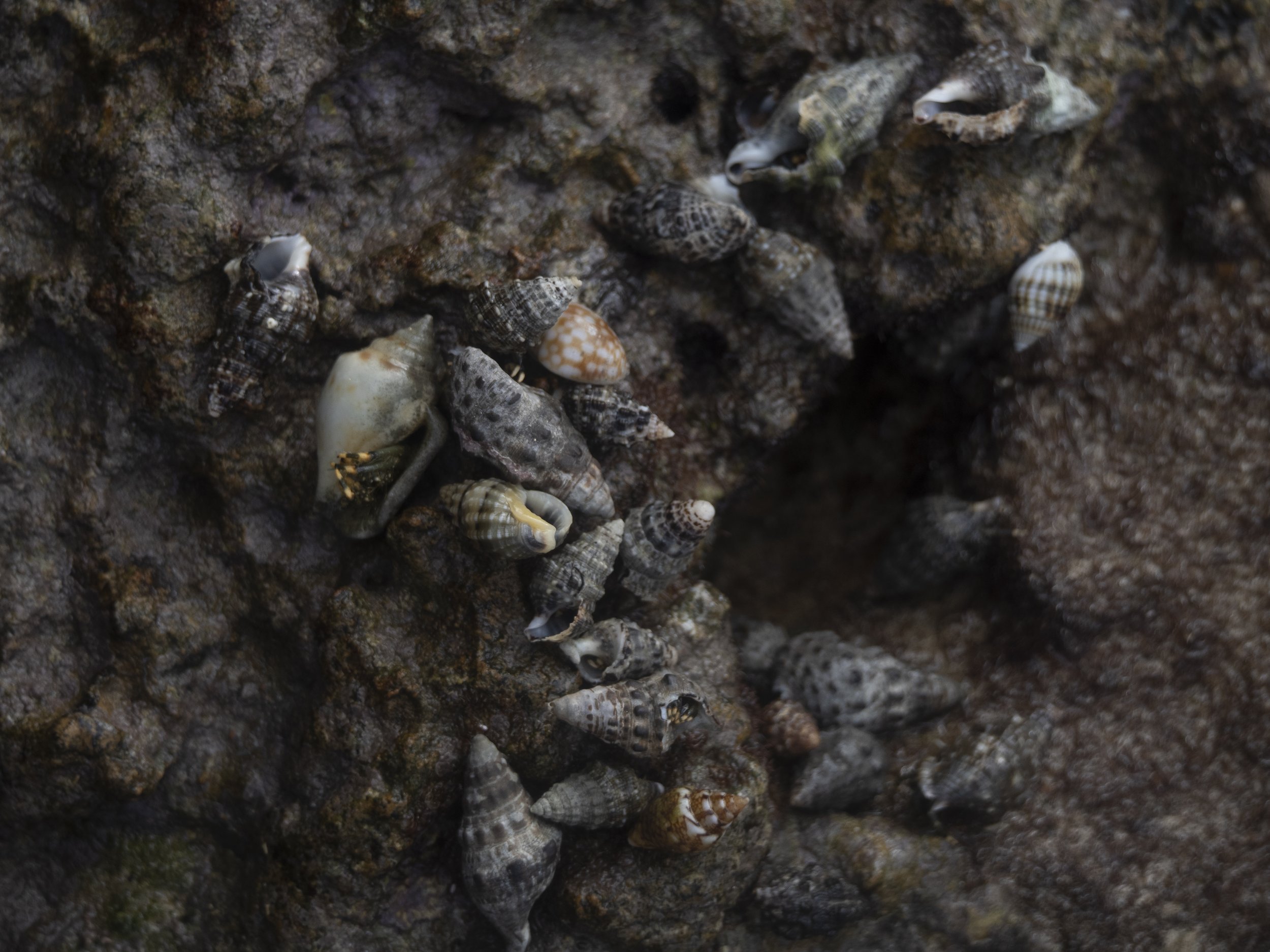
Intertidal Zone
Humans are not the sole terrestrial species to make use of the ebbing tides to locate food. For example, so-called ‘maritime mammals’ such racoons, wolves, baboons, macaques, and reptiles such as marine iguanas regularly forage near coastal shores and on the intertidal zone where the marine and terrestrial worlds come together.
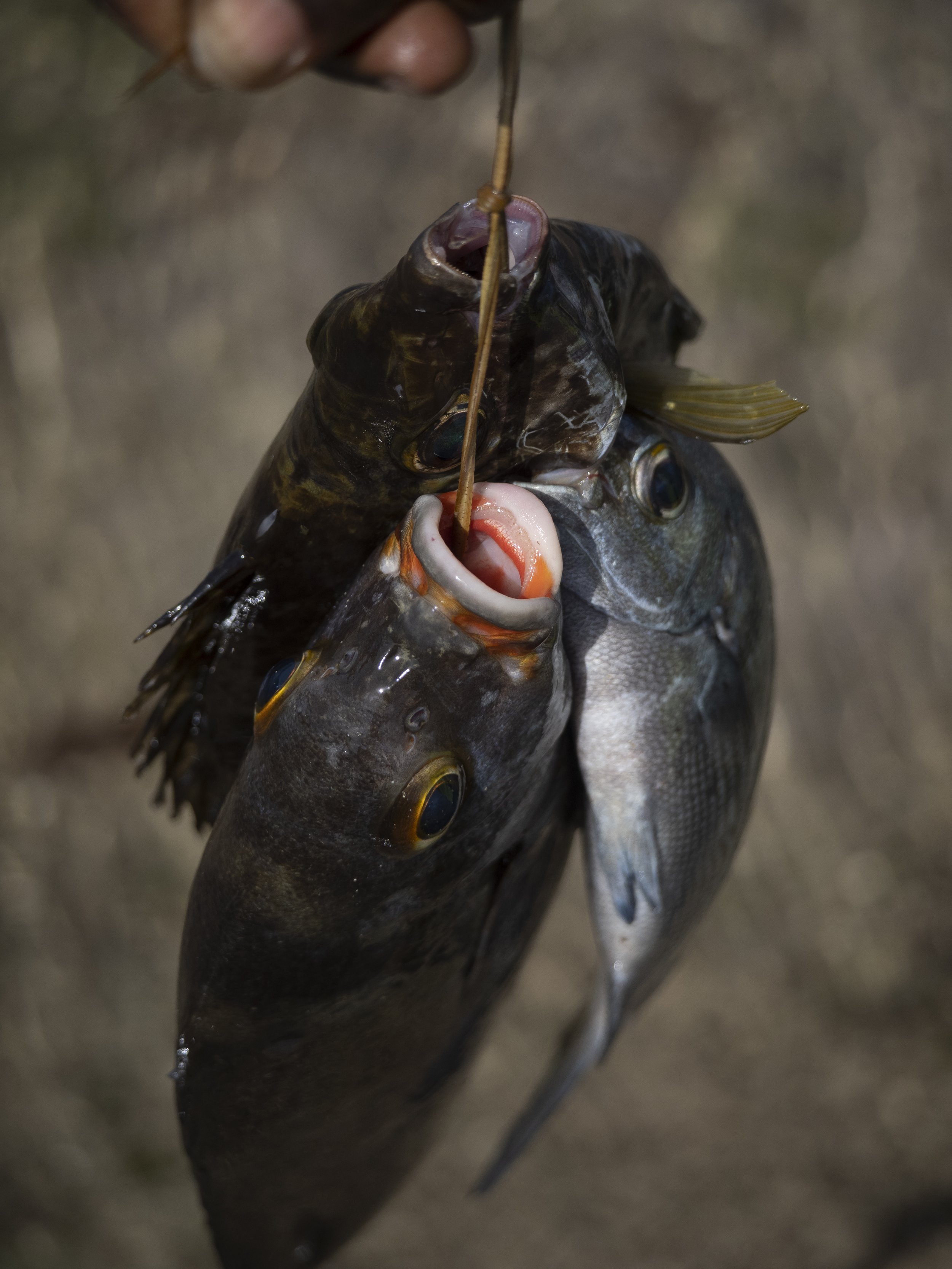
Lamu: A fishing paradise
Kiwayu is one of few Swahili settlements located in the Kiunga Marine Reserve, making this a snorkeling and fishing paradise for the inhabitants and visitors to this part of the world. The numerous pristine islands and offshore reefs make this place a refuge for marine and terrestrial wildlife including nesting sites for five species of threatened sea turtle, dugongs, and a unique population of Vervet monkeys (Chlorocebus pygerythrus) that routinely fish for shellfish along Kiwayu’s shores.
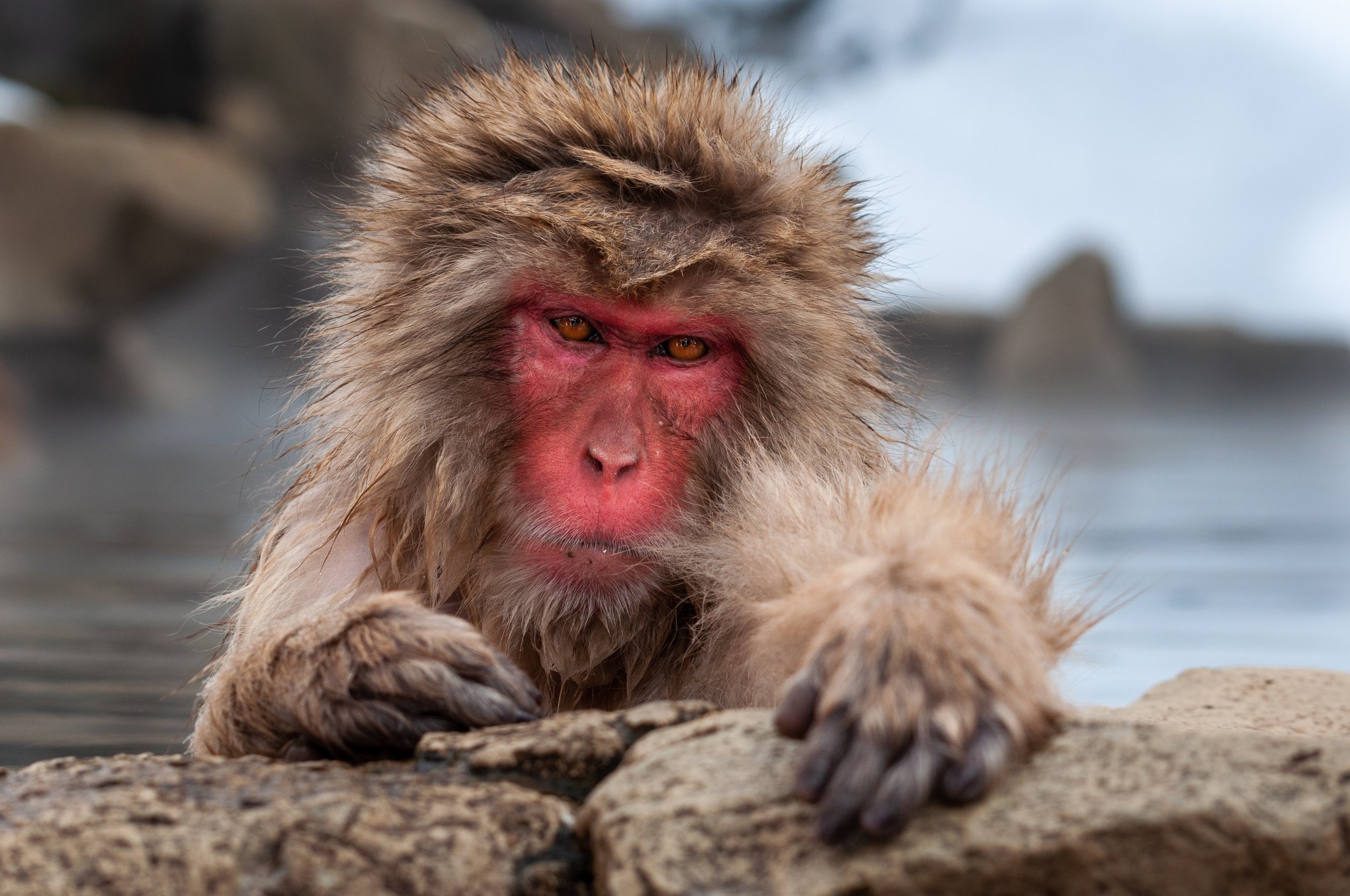
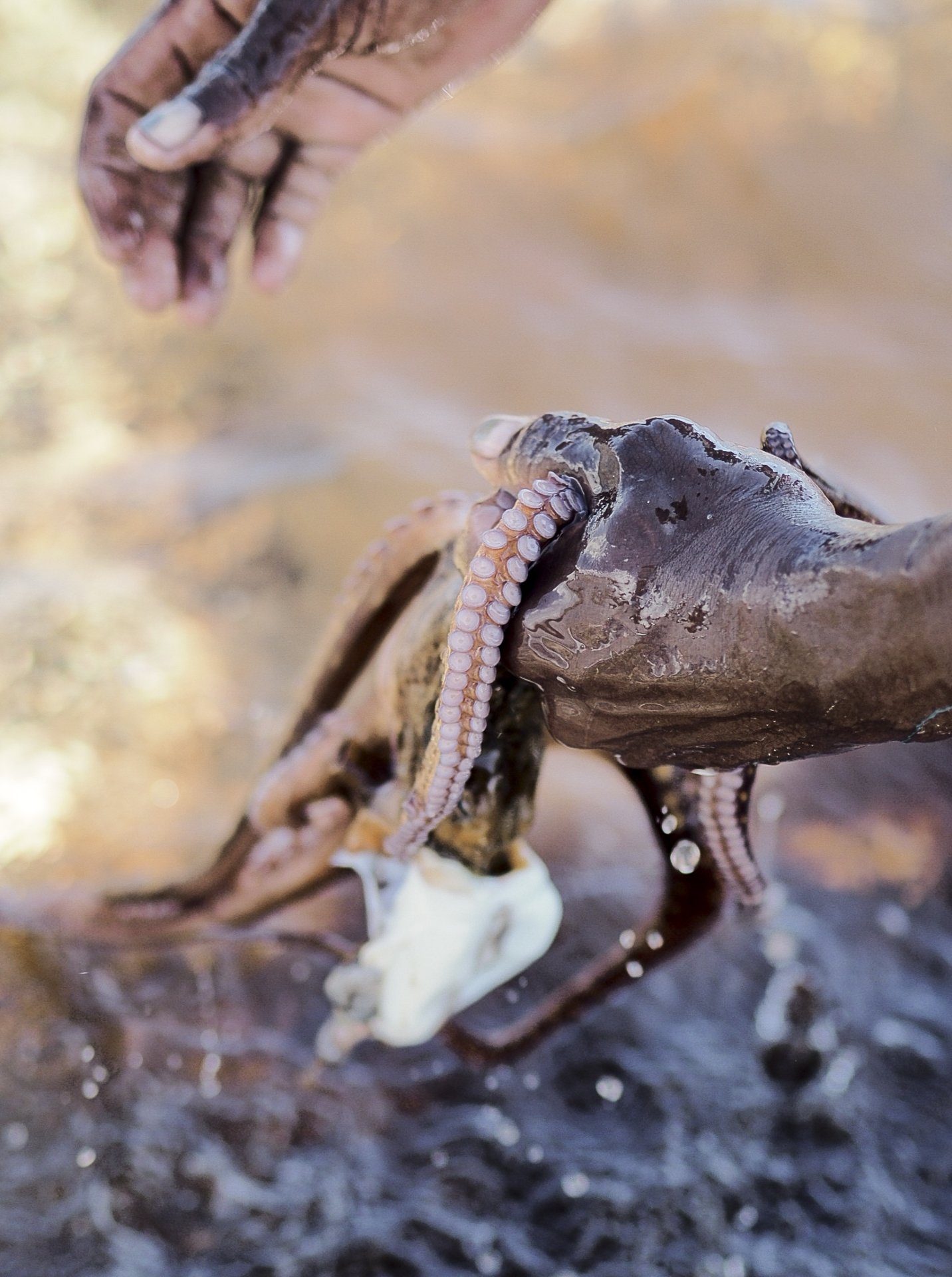
How we became fishermen: An exploration of the evidence so far.
‘… Signatures of human-induced cutmarks, tooth marks on bones, and punctured shells demonstrate that these practices were not isolated events but represented continued and intensive exploitation of these marine environments.’